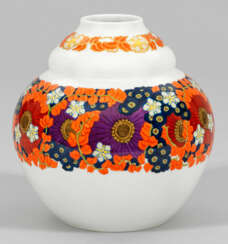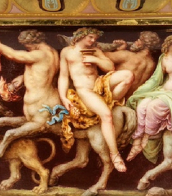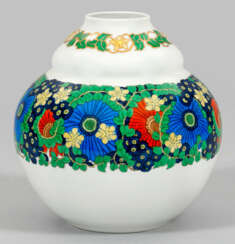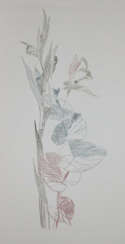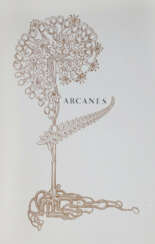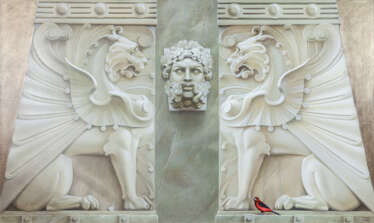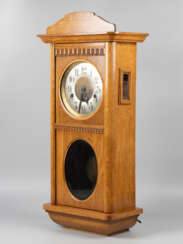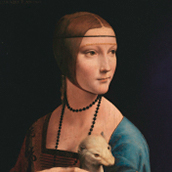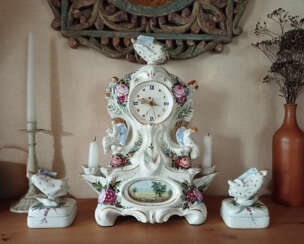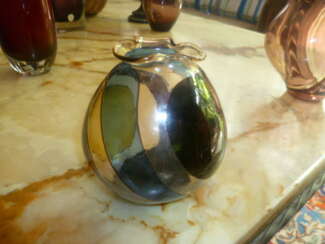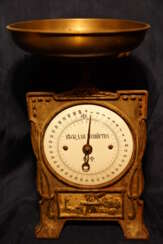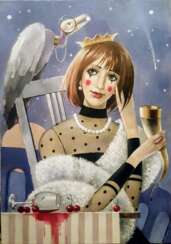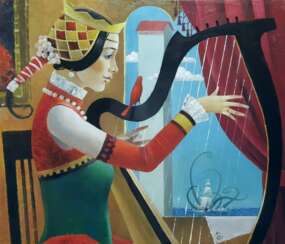18 Items by auctions and galleries:
moderne, jugendstil
Югендстиль
Olga Zaitseva (b. 1982)  Shop Zaitseva Olga
Shop Zaitseva Olga

Olga Zaitseva
13.08.1982
Russia
Вдохновением для моего творчества являются очень разные объекты: животные, архитектура, люди, природа... Всё это объединяется одним - они прекрасны изначально по своей природе, а я только пропускаю их красоту через свой взгляд художника. Работаю в технике масляной живописи, в том числе, по технологии старых мастеров.
Создаю свои творческие проекты, пишу картины на заказ.

Artist shop
Zaitseva Olga
Russia
Number of products: 13
"День Ангела"
Sergey Karpukhin (b. 1960)  Shop Karpukhin Sergey
Shop Karpukhin Sergey

Sergey Karpukhin
11.05.1960
Russia
Член Союза московских архитекторов, Член Творческого союза художников России, Член Союза кинематографистов России, член Гильдии режиссеров. Сценарист, режиссер, продюсер, художник, фотограф, архитектор.
Первую половину жизни работал, как художник и архитектор, занимался фотографией и философией. Вторую половину, работаю как режиссер и сценарист, не оставляя при этом изобразительного искусства и философии. Окончил художественный факультет Красноярского художественного института, ФПК градостроительства МАРХИ и ВГИК- ВИППК.
НАГРАДЫ:
1991 Первая премия, Философские инновационные игры «Культура и
образование III тысячелетия», г. Москва.
1994 Премия «НИКА» за лучший научно-популярный фильм
1993 года, (совместно с В.М. Кобриным), Россия.
2008 Приз «Лучший телевизионный фильм». II Российский
фестиваль социально значимых телепрограмм и
телефильмов «Герой нашего времени», Россия.
2008 Приз «ФОНДА ДЖОНА Д. И КЭТРИН Т. МАКАРТУРОВ», США.
XIV Международный фестиваль фильмов о правах
человека «СТАЛКЕР».
2008 XIII Международный фестиваль кинофильмов и
телепрограмм «РАДОНЕЖ». Диплом II степени,
Россия.
2015 Приз «Серебряный Витязь». VI Международный
славянский литературный форум «Золотой Витязь»,
Россия.
2016 Приз «Белая голубица», Tesla Global forum,
Сербия.
2017 Гран При в номинации «Научная работа» Международного творческого
конкурса «Гомер», Греция, Афины.
2017 Диплом «За непревзойденную культурную деятельность»
в номинации «Лучшее философское
произведение» Международной литературной премии
им. Нодара Джина, Греция, Афины.
2017 Золотой диплом VIII Международного славянского
литературного форума «Золотой Витязь».

Artist shop
Karpukhin Sergey
Russia
Number of products: 23
Пикник на обочине.
Sergey Rybakov (b. 1973)  Shop Rybakov Sergey
Shop Rybakov Sergey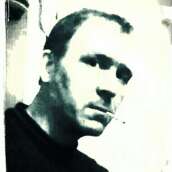

Sergey Rybakov
29.01.1973
Russia
Ученик Шрага В.Б.
Художник родился в Москве. С 1980 года живёт и работает в Санкт-Петербурге. Работы художника находятся в частных коллекциях в России, США, Италии, Канаде,...

Artist shop
Rybakov Sergey
Russia
Number of products: 3
Вино из одуванчиков.
Sergey Rybakov (b. 1973)  Shop Rybakov Sergey
Shop Rybakov Sergey

Sergey Rybakov
29.01.1973
Russia
Ученик Шрага В.Б.
Художник родился в Москве. С 1980 года живёт и работает в Санкт-Петербурге. Работы художника находятся в частных коллекциях в России, США, Италии, Канаде,...

Artist shop
Rybakov Sergey
Russia
Number of products: 3
Sergey Rybakov (b. 1973)  Shop Rybakov Sergey
Shop Rybakov Sergey

Sergey Rybakov
29.01.1973
Russia
Ученик Шрага В.Б.
Художник родился в Москве. С 1980 года живёт и работает в Санкт-Петербурге. Работы художника находятся в частных коллекциях в России, США, Италии, Канаде,...

Artist shop
Rybakov Sergey
Russia
Number of products: 3
